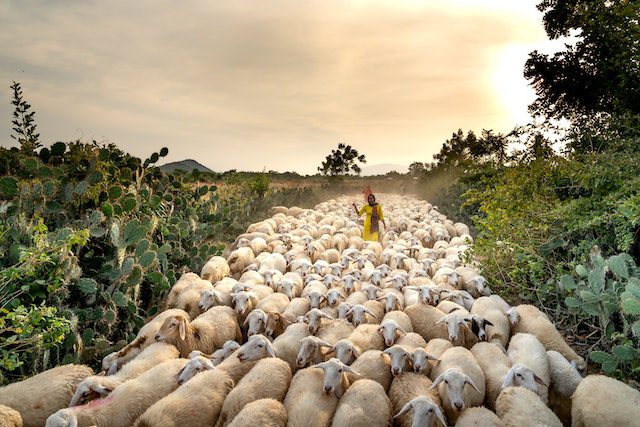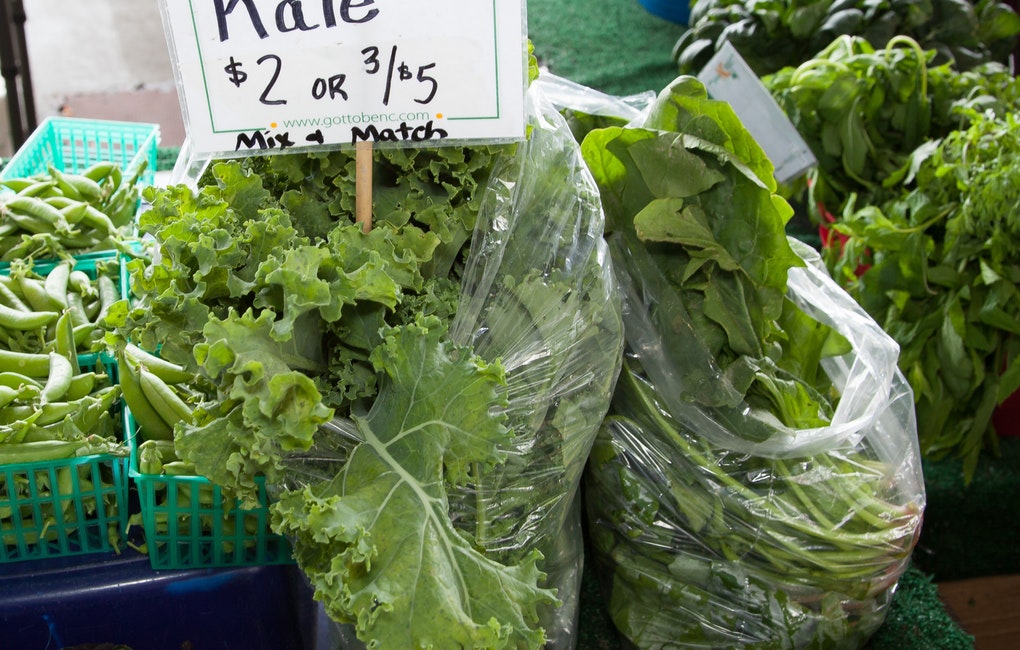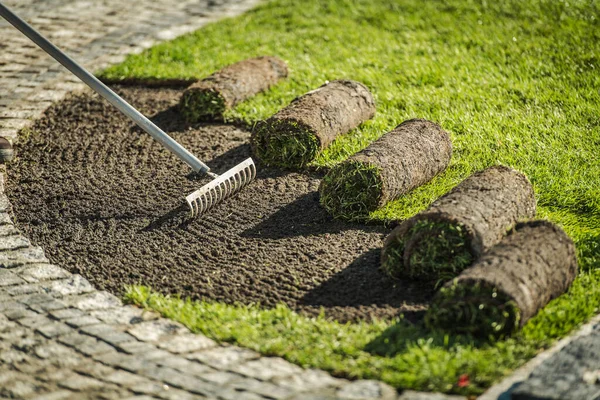Welcome to our in-depth exploration of goat and sheep farming tailored to the Kenyan agricultural landscape. In Kenya, where agriculture plays a pivotal role in the economy and livelihoods of many, goat and sheep farming present promising opportunities for sustainable and profitable ventures.
This guide will delve into the essential aspects of goat and sheep farming, offering practical insights and expert advice to help you embark on a successful farming journey in Kenya.
Selecting Quality Breeds
The foundation of a successful goat and sheep farming enterprise begins with selecting the right breeds.
In Kenya, a diverse range of breeds is available, each with its unique characteristics and suitability for different purposes. Indigenous goat breeds like the Small East African (SEA) goat exhibit resilience to local conditions and are well-adapted to the Kenyan climate. Exotic breeds such as the Saanen and Alpine goats are favored for their superior milk production, while breeds like the Boer and Dorper sheep are renowned for their meat quality and fast growth rates.
Consider factors such as adaptability, disease resistance, and intended product output when choosing breeds for your farm.
Housing and Shelter
Providing adequate housing and shelter is crucial for the health and well-being of goats and sheep in Kenya’s varied climate.
Construct shelters that offer protection from harsh weather conditions, adequate ventilation, and proper drainage to prevent respiratory issues and hoof problems. Design housing facilities with separate areas for feeding, resting, and kidding/lambing to create a conducive environment for optimal animal welfare.
Utilize locally available materials and incorporate sustainable design principles to ensure cost-effectiveness and environmental sustainability.
Is Dorper sheep farming profitable in Kenya?
Feeding and Nutrition
Developing a nutritious feeding program is essential for maximizing the health and productivity of goats and sheep in Kenya.
While grazing forms the foundation of their diet, supplement grazing with high-quality forage such as napier grass, desmodium, and sweet potato vines to ensure adequate nutrition year-round. Additionally, provide balanced diets consisting of grains, mineral supplements, and clean, fresh water to meet their dietary requirements.
Adjust feeding regimes seasonally to account for fluctuations in forage availability and nutritional needs.
Health Care and Disease Management
Establishing a proactive health care program is paramount for disease prevention and management in goats and sheep.
Schedule regular vaccinations against common diseases such as enterotoxemia, foot rot, and contagious caprine pleuropneumonia (CCPP) to safeguard the health of your herd. Implement deworming protocols using anthelmintic drugs such as albendazole or ivermectin to control internal parasites and maintain herd health.
Additionally, prioritize biosecurity measures to prevent disease introduction and transmission within your farm.
Breeding and Reproduction
Effective breeding and reproduction management are essential for maintaining a productive goat and sheep herd.
Select breeding stock with desirable traits such as fertility, growth rate, and disease resistance to improve the genetic quality of your herd. Implement breeding programs that optimize reproductive efficiency. through strategies such as artificial insemination, embryo transfer, and selective breeding.
Monitor breeding records closely and provide appropriate care during kidding and lambing seasons to ensure successful outcomes.
Marketing and Value Addition
Exploring market opportunities and value addition is key to maximizing returns from goat and sheep farming in Kenya.
Engage with local markets, slaughterhouses, and dairy processors to sell meat products, milk, and cheese. Consider value addition through products such as goat milk soap, wool products, and organic fertilizer to diversify your revenue streams.
Utilize various marketing channels such as social media, farmer’s markets, and agricultural shows to promote your products and build a loyal customer base.
Sheep and Goat Rearing Calendar

Having a structured production and management calendar is one way of running a goat or sheep farm as a business. It will help you to budget the required feed, vaccines, and other inputs. You will prepare for any risks such as droughts in advance by growing and preserving feed. Remember to adapt the calendar to suit your specific farm conditions, management goals, and local climate for optimal results.
January – March:
- Conduct health checks on all goats and assess their overall condition.
- Review deworming and vaccination schedules, and administer necessary treatments.
- Inspect housing for signs of pest infestations and implement fly control measures.
- Assess pasture growth and plan grazing rotations accordingly.
April – June:
- Begin supplemental feeding if forage quality is low and adjust nutritional plans accordingly.
- Continue rotational grazing to prevent overgrazing and maintain pasture health.
- Conduct fecal egg counts to assess parasite burdens and implement deworming protocols.
- Review herd health plans and consider genetic selection for parasite resistance.
July – September:
- Implement integrated pest management strategies to control pests and parasites.
- Monitor water availability and quality, ensuring adequate hydration for goats.
- Prepare for the fall breeding season by evaluating breeding stock and planning mating pairs.
- Consult with a veterinarian for herd health checks and address any health concerns.
October – December:
- Implement fall deworming based on strategic treatment recommendations.
- Evaluate pasture regrowth and plan winter grazing strategies, considering nutritional needs.
- Provide shelter during cold weather and ensure goats have adequate protection from the elements.
- Conduct a final check on pest control measures before winter and make any necessary adjustments.
Best Tips for successful sheep and goat farming
Breeding Season Preparation:
- Assess the condition of breeding bucks and ensure they are in optimal health.
- Begin flushing does to improve reproductive success.
- Monitor internal parasite burden and address any issues before breeding.
- Introduce bucks to does for mating, and separate them after breeding season.
Gestation Management:
- Increase nutrient intake for pregnant does and ewes to support fetal development.
- Administer annual enterotoxemia booster vaccines to pregnant does for disease prevention.
Kidding/Lambing Preparation:
- Prepare kidding/lambing facilities and ensure they are clean and well-equipped.
- Stock up on obstetrical supplies and essential equipment for assisting births.
- Begin daily observation of pregnant does/ewes and increase frequency closer to expected due dates.
- Separate does/ewes based on their experience with parturition to provide appropriate care.
Disbudding & Castration:
- Disbud and castrate kids/lambs as necessary, following recommended protocols.
- Administer vaccinations, including CD&T, to kids/lambs at appropriate ages.
- Monitor the health and well-being of disbudded and castrated animals, providing necessary care.
Creep Feeding & Weaning:
- Begin creep feeding for young goats to supplement their nutrition and support growth.
- Implement weaning practices based on age and individual development, ensuring proper nutrition for young animals.
Health and Nutrition Management:
- Establish a working relationship with a veterinarian knowledgeable in sheep and goat health management.
- Monitor and manage internal parasite burdens using fecal egg counts and FAMACHA scoring.
- Develop a comprehensive herd health plan, including vaccination schedules and preventative measures.
Pasture and Grazing Management:
- Implement rotational grazing practices to optimize forage utilization and pasture health.
- Rest and rotate pastures to prevent overgrazing and maintain soil fertility.
- Consider seasonal changes in pasture availability and nutritional content when planning grazing rotations.
Deworming and Parasite Control:
- Monitor internal parasite burdens regularly and adjust deworming protocols as needed.
- Rotate dewormers to prevent resistance and select for genetic resistance in breeding stock.
- Cull animals with high susceptibility to internal parasites to improve overall herd resilience.
Conclusion:
In conclusion, goat and sheep farming in Kenya offer promising prospects for farmers seeking sustainable and profitable agricultural ventures. By focusing on breed selection, housing, feeding, health care, breeding, marketing strategies, and adhering to a structured management calendar, farmers can establish thriving goat and sheep enterprises that contribute to food security and economic development in the country. Embrace the challenges and opportunities of goat and sheep farming, and embark on a rewarding journey in agriculture.



